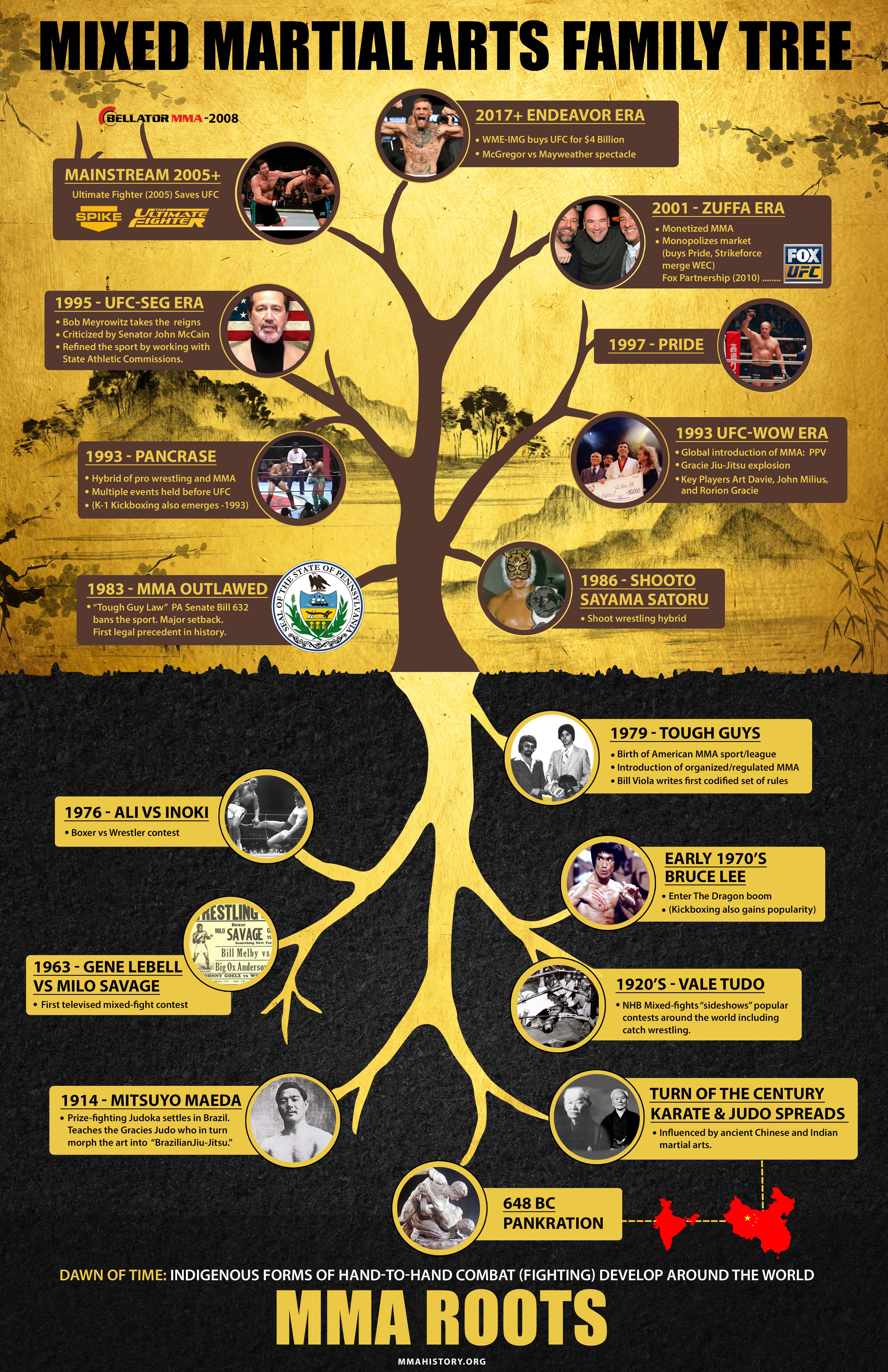The Development And Historical Significance Of Martial Arts Throughout Various Societies
The Development And Historical Significance Of Martial Arts Throughout Various Societies
Blog Article
Material Produce By-Chu Liu
Martial arts have a remarkable background that spans centuries and continents. You could locate it appealing how old practices like Shuai Jiao and Kalaripayattu prepared for modern combat methods. These techniques not only stress physical skills but likewise show the societies that birthed them. As you explore their advancement, think about just how globalization has transformed these standard forms into hybrid styles. What impacts do you assume have formed today's martial arts landscape?
Ancient Martial arts: The Structures of Combat
As you look into the world of ancient martial arts, you'll find the rich structures that formed combat techniques across societies. Early practices concentrated on Self-Defense and survival, frequently including strikes, hurting, and weaponry.
In old China, for instance, techniques like Shuai Jiao highlighted throws and joint locks, while India's Kalaripayattu showcased dexterity and liquid activity. Japanese samurai established Kenjutsu, a refined swordsmanship that highlighted technique and technique.
These martial arts offered not just for battle but likewise as a means of individual growth, instilling worths like respect and determination. The mixing of these strategies in time prepared for the diverse martial arts you see today, each showing the one-of-a-kind approaches and needs of its culture.
The Social Influence on Martial Arts Advancement
While martial arts typically show the functional requirements of a society, they additionally embody the social values and ideas of their beginnings. When you check out different martial arts, you'll observe how they're affected by faith, approach, and social norms.
For instance, the emphasis on respect and technique in Japanese martial arts comes from Zen Buddhism and samurai culture. On what is judo martial arts , Brazilian Jiu-Jitsu advertises versatility and strategy, formed by the need for efficiency in a varied, modern environment.
You may find that the rituals, uniforms, and training methods reflect a community's background and identity. By understanding https://edgarlqsqm.actoblog.com/35096130/browsing-the-option-of-martial-arts-courses-an-overview-for-those-pursuing-martial-arts , you strengthen your gratitude of martial arts and their duty fit human experiences across the globe.
Modern Adaptations and the Globalization of Martial arts
Martial arts have changed significantly in current decades, adapting to contemporary culture and international impacts. You'll see that typical kinds have mixed with contemporary techniques, producing hybrid styles like mixed martial arts. These adaptations satisfy diverse audiences, making martial arts easily accessible and attractive worldwide.
With the rise of social networks and electronic systems, you can find tutorials and competitions from all corners of the world, breaking geographical obstacles. This globalization has led to a common gratitude for various techniques, from Brazilian Jiu-Jitsu to Taekwondo.
As you engage with these arts, you'll recognize they're not practically battle; they advertise fitness, self-control, and psychological health.
Ultimately, modern-day adjustments have actually enriched the martial arts landscape, making it a dynamic and developing technique.
Final thought
In discovering the background and advancement of martial arts, you discover an interesting mix of methods, societies, and ideologies. From ancient disciplines like Shuai Jiao and Kalaripayattu to the contemporary versatility seen in mixed martial arts, martial arts mirror humankind's quest for Self-Defense and personal growth. As you involve with these techniques, you not only acquire skills however also a much deeper admiration for the diverse customs that shape our world today. So, proceed your journey and embrace the art of fight!
